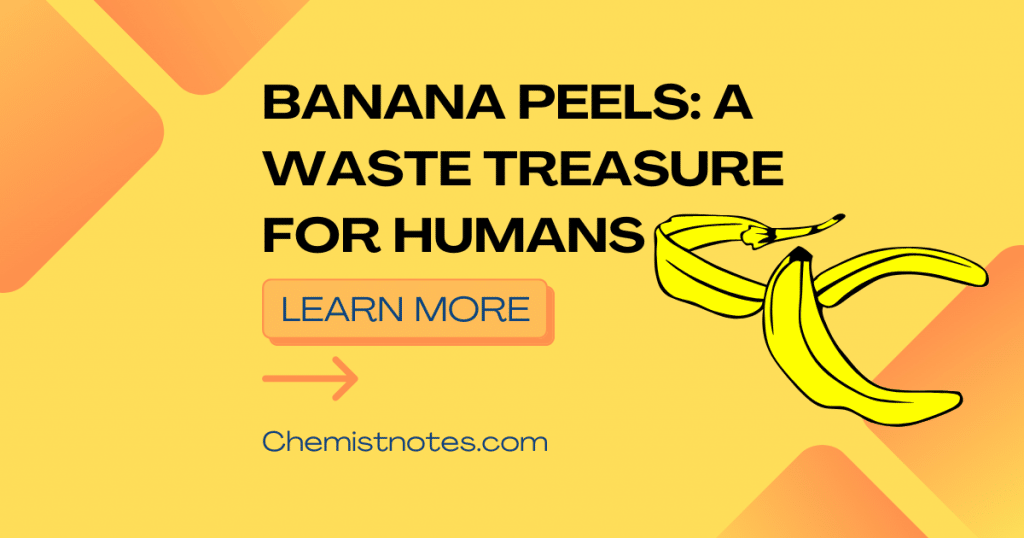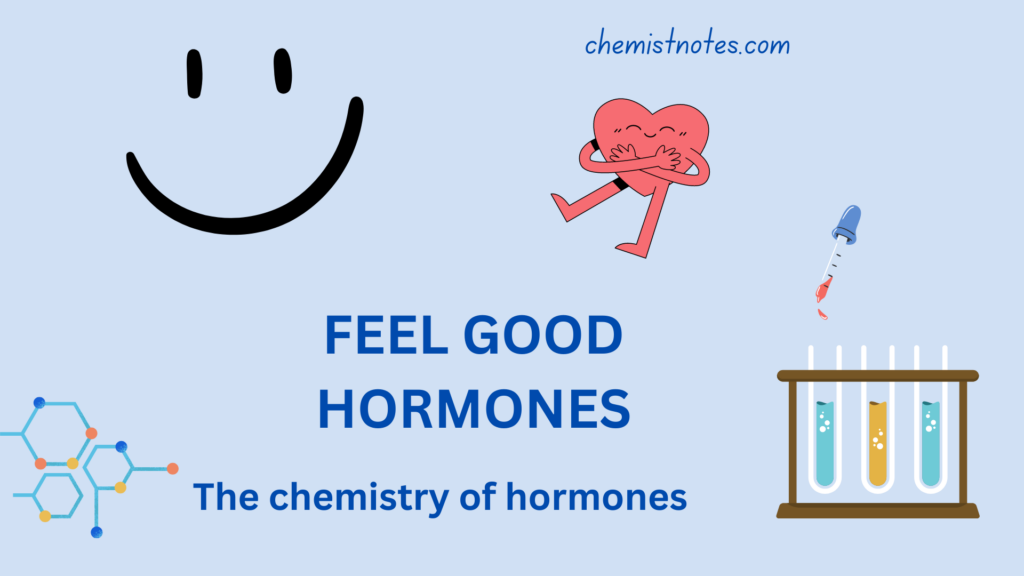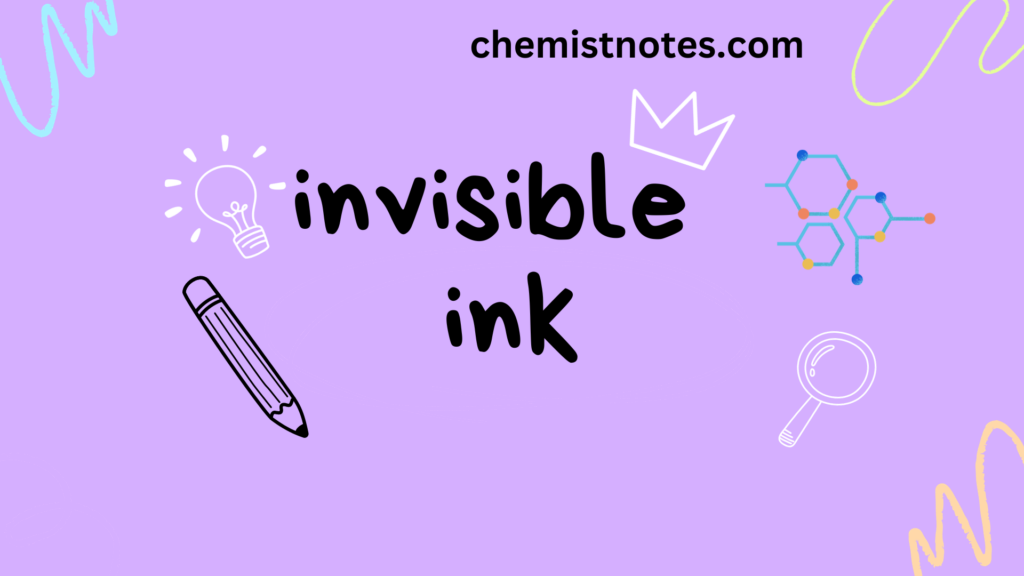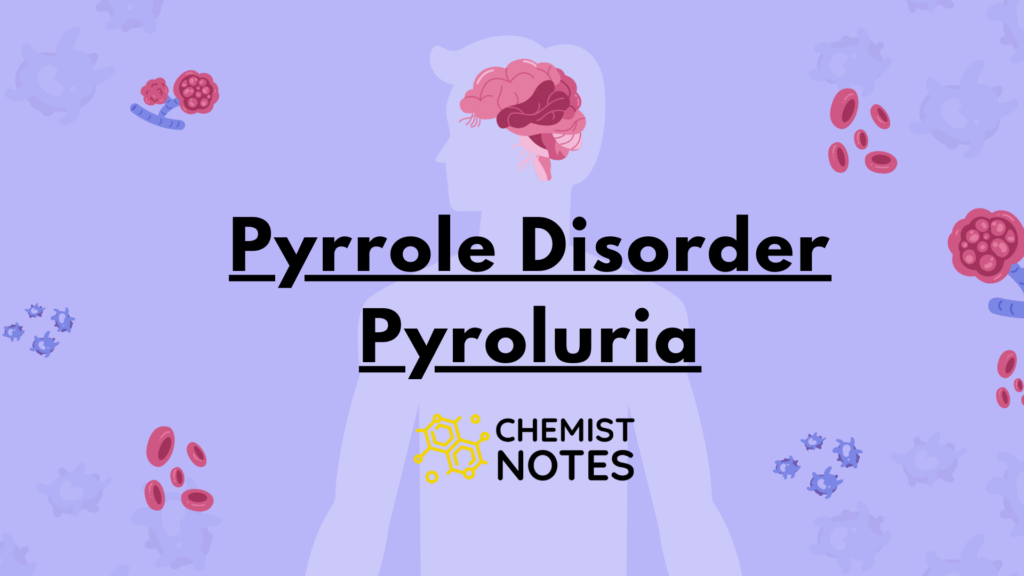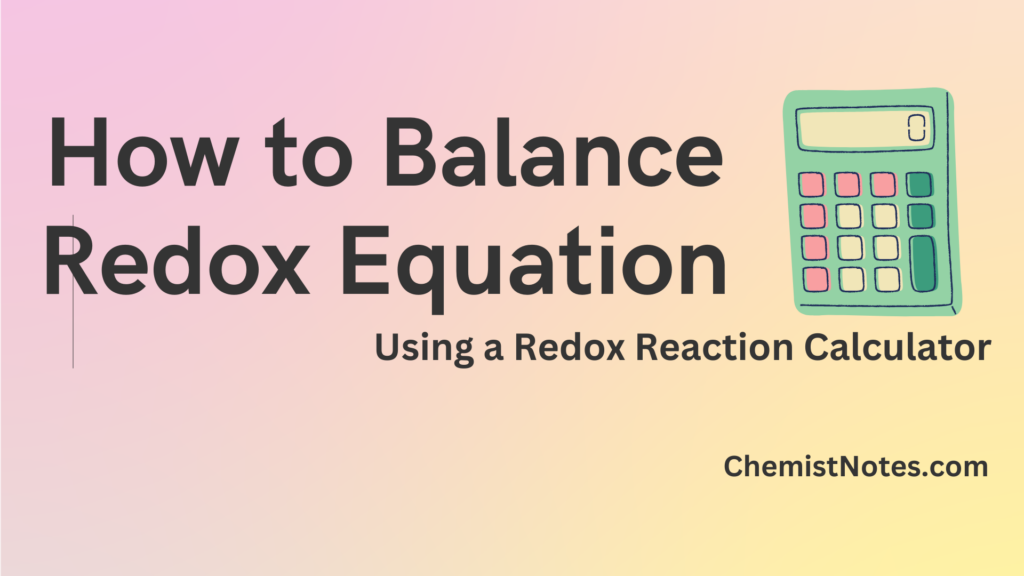Table of Contents
ToggleSugar Vs Jaggery from the topic, its feel so interesting. So let’s go inside and talk about sugar and jaggery. In plain terms, sugar is a sweetener. Jaggery, too, is sweet to taste, but jaggery is a tiny bit brown or yellow in color compared to sugar. But that is not what the content is all about. Let’s go further into it.

Sugar Vs Jaggery
The general term “sugar” refers to soluble carbohydrates with a sweet flavor, many of which are present in food. Glucose, fructose, and galactose are just a few examples of simple sugars, often known as monosaccharides. Compound sugars, also known as disaccharides or double sugars, are molecules comprised of two monosaccharides that are bound together.
Some examples of compound sugars are maltose (two molecules of glucose), lactose (glucose + galactose), and sucrose (glucose + fructose). A refined version of sucrose is white sugar. Simple sugars are produced inside the body by hydrolyzing complex sugars.
Jaggery is a conventional non-centrifugal cane sugar that is popular in Southeast Asia, Africa, and the Indian Subcontinent. Its color can range from golden brown to dark brown and it is a concentrated product made from cane juice and frequently date or palm sap without the molasses and crystals being separated. It is made composed of other insoluble material, such as wood ash, proteins, and bagasse fibers, with a maximum content of 50 % sucrose, 20 % invert sugars, and 20 % moisture.
Calories in sugar Vs jaggery
| Nutrients | Jaggery | Sugar |
| calories | 383 g | 387 g |
| Fibre | 0 | 0 |
| carbohydrate | 98.96 g | 100 g |
| potassium | 140 g | 2 g |
Preparation
The preparation of sugar are carried out in following steps:
- Harvesting
- Usually, sugar beets and cane are harvested mechanically from fields. Before being placed onto trucks and transported to the factory for processing, the gathered plant materials are typically sieved to remove dirt and pebbles.
- Washing and initial preparation
- The sugar cane or sugar beets undergo a thorough washing as soon as they are delivered to the facility. Washing might take place in water-filled flues or on belts that are sprayed with water. Washing stations frequently employ rotating drums. The drum is filled with water, and when the product spins inside it, it rubs against itself to remove dirt. The sugar cane or sugar beets are transported into the facility using screws or belts after being washed.
- The sugar cane or sugar beets are transported into the facility using screws or belts after being washed. Swing-hammer shredders or crusher rollers with deep grooves are used to smash the sugar cane. The process of cutting sugar beets into cossettes—smaller than French fry—involves slicing machines. The crushed sugar cane is sprayed with hot water as the cossettes are submerged in hot water tanks. The plant cells are enlarged by both procedures in order to prepare them for extraction.
- Juice extraction
- The 10- to 20-meter-tall tanks’ bottoms are flooded with sugar cossettes. As the sugar is extracted, the strips of sugar beet are moved upward by a rotating shaft against the flow of water that is moving downhill. The juice from sugar cane is extracted by milling. The sugar cane fibers are compressed in a sequence of five mills, which also separate the juice from the bagasse, which can be utilized as fuel in the future. The juice is first murky and dark green in hue. Large vats are used to collect the juice, and the sugar content is calculated.
- Purification
- Centrifugation
- Crystallization
- Drying and packaging
The preparation of jaggery :
Juice extraction, juice clarity, boiling to concentrate juice, chilling concentrated juice, drying, powdering, packing, and storing are all involved. Crushing sugarcane to get the juice is the first step in making jaggery.
Jaggery over Sugar
- Unrefined sugar made from concentrated sugarcane juice is known as jaggery. Unlike the preparation of sugar, jaggery does not need the separation of the molasses. Jaggery thus has more minerals, particularly iron. Jaggery gets most of its iron from being processed in iron vessels, but sugarcane juice is where other minerals like calcium, potassium, magnesium, manganese, zinc, and selenium are found.
- Refined white sugar, on the other hand, goes through additional processing processes, which depletes the cane juices of their vitamin and mineral content.
- Long chains of sucrose make up the complex sugar known as jaggery. As a result, it digests more slowly than sugar, which is absorbed right away and causes a sharp rise in blood sugar levels.
- One of the greatest sources of plant-based iron, which is essential for enhancing physical performance and increasing vitality, is jaggery.
- Digestive aid
- Purifies the blood, flushes out toxins from the liver, and combats lung and respiratory illnesses
- constipation is relieved
- heat is produced, and energy levels are raised.
- Premenstrual syndrome (PMS) is lessened
Benefits of having jaggery tea
Boosts immunity. There are several health advantages of drinking jaggery tea, but immunity is the one that everyone wants to monitor.
Enhanced Digestion
Prevents the flu and the common cold Blood Offers Warmth During the Winter
Antioxidant-Rich Food Aids in Treating Anaemia
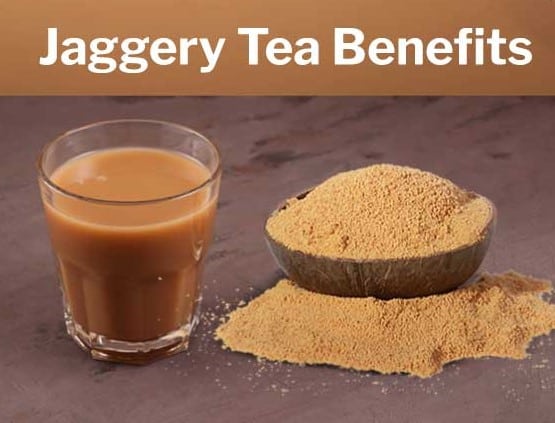
Disadvantages of consuming Sugar
Sugar consumption too much can lead to weight gain, fatigue, and acne. Overeating sugar can also raise the chance of developing chronic diseases including type 2 diabetes and heart issues.
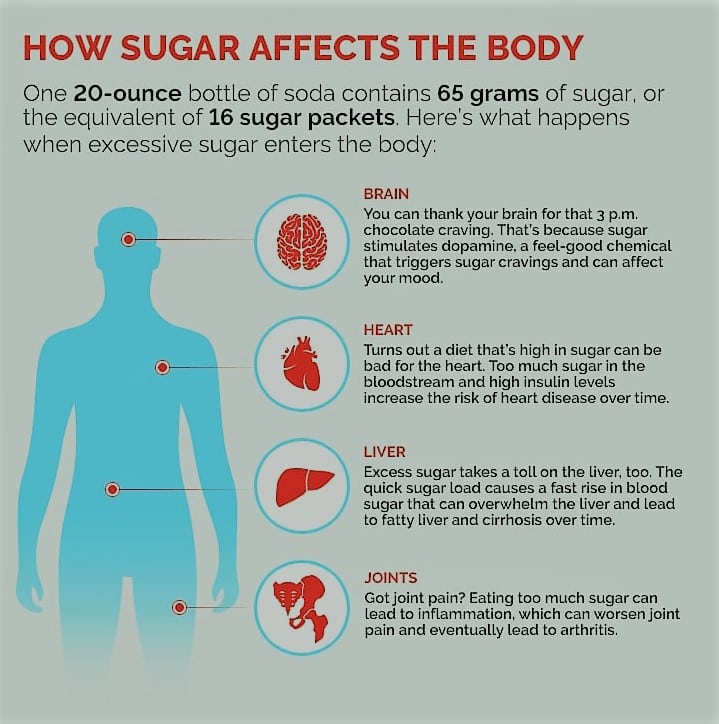
https://www.wellcurve.in/blog/jaggery-vs-sugar/
How Products Are Made. “Sugar.” http://www.madehow.com/Volume-1/Sugar.html.

